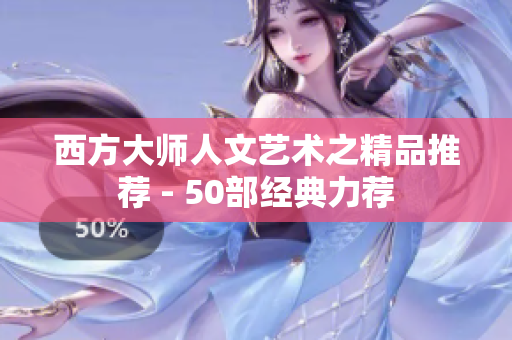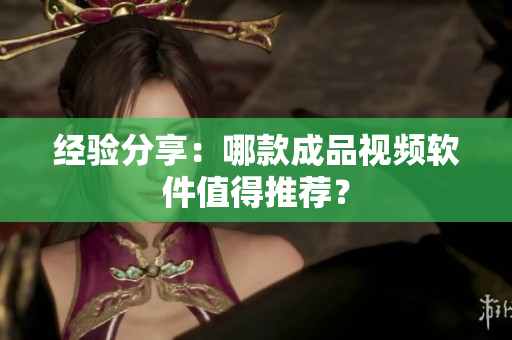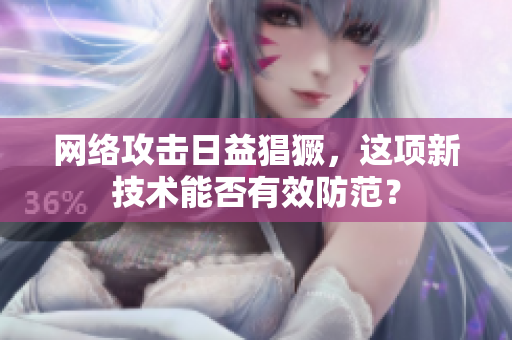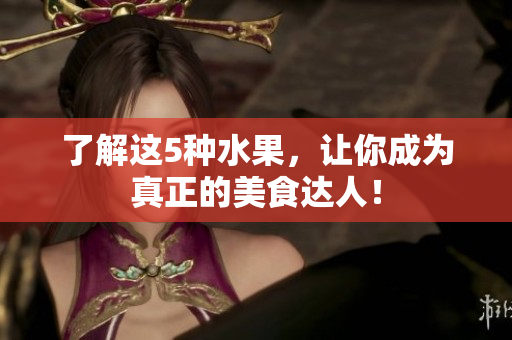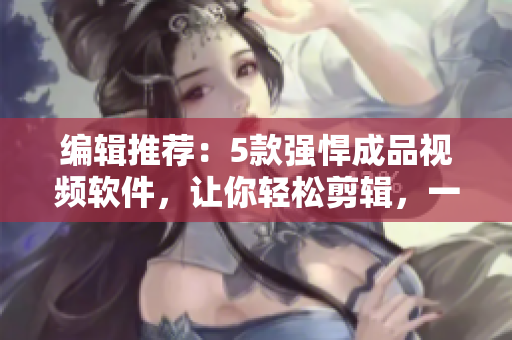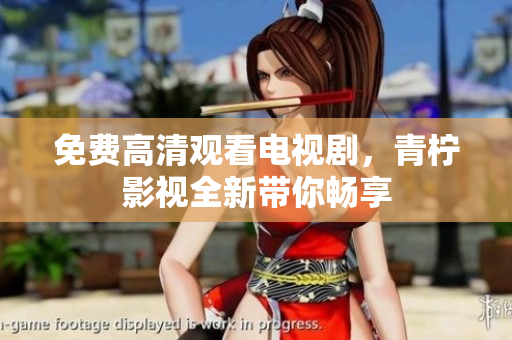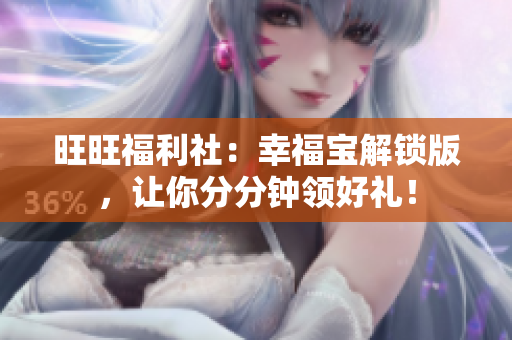Introduction
When it comes to top-tier Western art, there are countless masterpieces that continue to captivate people from all over the world. And while the world of art and culture may seem distant from the world of technology and innovation, the two intersect in ways that are integral to understanding the future of humanity in the digital age. In this article, we will explore the connection between top Western artworks and the 5G network, as well as the ethical implications of using technology to enhance our understanding of these works.
5G and the Arts
The 5G network is poised to revolutionize the way we interact with technology. With its lightning-fast speeds, reliable connectivity, and ability to accommodate vast amounts of data, 5G has the potential to enrich our appreciation of the arts in numerous ways. For instance, it can provide virtual reality experiences that allow us to explore the context, techniques, and history of a painting or sculpture in unprecedented detail. It can enable interactive exhibits that use cutting-edge sensors and cameras to respond to our movements and behavior, creating immersive and personalized experiences that deepen our connection to the artwork.
The Role of Technology in Art
Of course, the use of technology to enhance art raises ethical questions that are worth considering. For instance, does our reliance on technology for artistic experiences diminish the importance of the physical object itself? Is there a risk that we prioritize novelty and innovation over the artistic value and legacy of the work? Moreover, who controls the data and intellectual property generated by 5G-enabled exhibits, and how can we ensure that artists receive fair compensation and recognition for their work?
The Importance of Cultural Heritage
Despite these challenges, the intersection between art and technology highlights the enduring importance of cultural heritage in a rapidly changing world. From the towering sculptures of ancient Greece to the delicate brushstrokes of the Renaissance, Western art continues to inspire and challenge us across generations and borders. By using technology to access and explore these works, we can deepen our appreciation of the art and culture that makes us human.
The Dangers of Gaming Addiction
Elsewhere in the world of technology, there are concerns about the effects of video games on young people. While some argue that gaming can foster creativity, problem-solving skills, and social connections, others worry about the addictive nature of certain games and the impact they can have on mental health and academic performance. As responsible adults, it is important to monitor and moderate the use of video games among young people, making sure that they engage in a healthy and balanced range of activities.
The Importance of Education
One way to encourage healthy habits and behavior among young people is through education. Teachers and parents can work together to promote a love of learning, curiosity, and critical thinking, helping children to become well-rounded individuals who are able to navigate the complexities of the world around them. By instilling a sense of responsibility and respect for others, we can create a brighter future for all.
The Challenges of Global Inequality
Finally, it is worth reflecting on the issues of inequality and scarcity that affect many regions of the world, including Southeast Asia. While some areas enjoy the benefits of cutting-edge technology and resources, others struggle to meet even basic needs such as food, water, and healthcare. To build a more just and equitable world, it is important to acknowledge and address these structural issues, working towards a future where all individuals have the opportunity to thrive and succeed.
Conclusion
The intersection between Western art, technology, and global issues highlights the complex and dynamic nature of our world. As we continue to explore the possibilities of 5G and other innovations, we must do so with a sense of responsibility and respect for the artistic and cultural heritage that enriches our lives. At the same time, we must be mindful of the challenges that face young people, regions of the world experiencing scarcity and inequality, and the ethical questions that arise when technology intersects with the arts. Through thoughtful reflection, education, and action, we can build a brighter future for ourselves and the generations to come.

